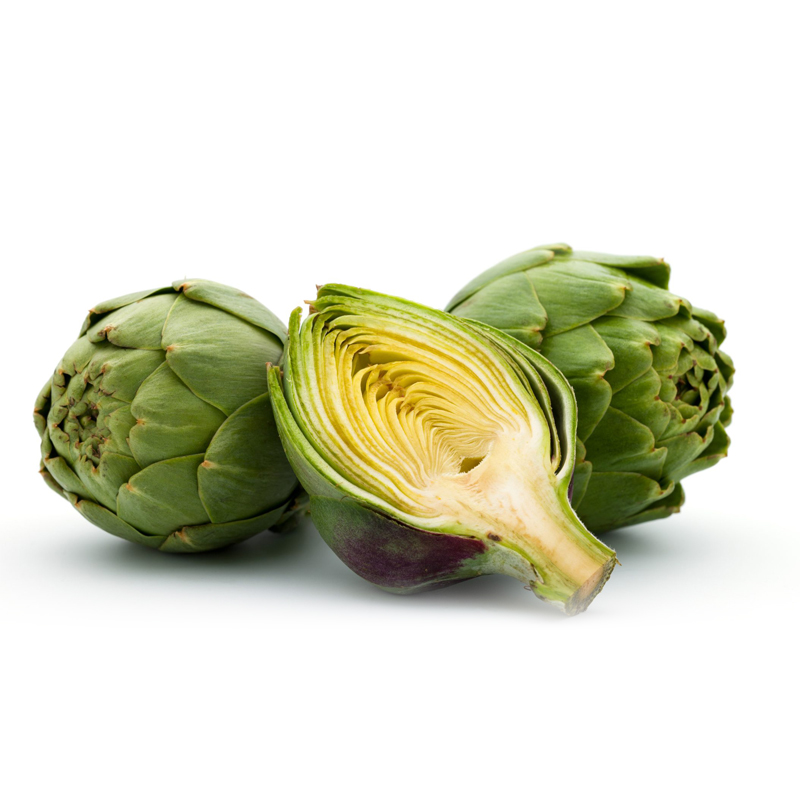
Key features
Rich in water (93 to 95%), tomato contains only small amounts of energy elements (about 3% carbohydrate, less than 1% protein, trace fat). Thus, it provides little more than 15 kcal per 100 g or 63 kJ.
Its carbohydrates (or carbohydrate) are represented mainly by fructose and glucose, sugars rapid assimilation, and small fractions of rare sugars, such as pentosans or hexosans.
Read more
Its natural organic acids (mostly citric acid and malic acid) give it its flavor slightly tart. The rate of these organic acids tend to decrease during maturation, together with the amounts of carbohydrates. Thus, for early and late tomatoes, the sugar / acid ratio rarely exceeds 7, while for full-season tomatoes and perfectly ripe (in August or September), it reaches 10: the tomatoes are so sweet and “fruity “.
The fibers of the tomato (mainly cellulose and hemicellulose, pectin and some traces) are averaging 1.2 g per 100 g, concentrated in the skin and seeds.
Among the minerals of the tomato, potassium dominates (accounting for nearly half of the total!). Are also quite abundant chlorine (51 mg/100 g), phosphorus (24 mg/100 g) and magnesium (11 mg/100 g).
Note that depending on the type of soil and fertilizer used, the mineral content can vary widely, and go from simple to double or treble or more (for chlorine or sodium, for example). Minerals combine with organic acids to give the residue alkaline quality (basic). Thus, despite its sour taste, the tomato helps maintain a good acid-base balance by promoting the alkalinization of the internal environment.
Trace elements are numerous but there may be significant levels of iron and zinc, and traces of cobalt, nickel, fluorine, boron, selenium …
All water soluble vitamins are well represented in the tomato, beginning with vitamin C, the rate can vary from 10 to 30 mg (10 to 20 mg in most cases). The maximum levels (20 mg and more) are found in field-grown tomatoes in season. This is a significant contribution, since the daily requirement of vitamin C in adults is 80 mg.
Provitamin A (or carotene) is a fraction of the red pigment in tomatoes (in association with lycopene, which has no action vitamin A). The content of provitamin A precursor of vitamin A, is about 0.6 mg per 100 g, but again, we can take on many different levels, depending on the varieties and degrees of maturity (0, 2 to 0.8 mg). In all cases, a tomato 100 g covers an appreciable fraction of the daily intake recommended by provitamne A (3-5 mg).
The B vitamins are numerous and relatively abundant, all are represented, including biotin (vitamin B8) and folic acid (vitamin B9).
THE NUTRITIONAL AND DIETARY
Little energy, but well endowed with minerals and vitamins, the tomato is one of the vegetables at high nutrient density of these substances. For 100 kcalories, it provides in effect: 93 mg calcium, 73 mg magnesium, 3.3 mg iron, 0.9 mg zinc and 120 mg of vitamin C, 6.7 mg vitamin E, 0, 13 mg of folic acid. It participates in the nutritional balance of food, we want today and not too mild heat, certainly, but also well endowed with “security feature”.
Tomato is eaten as an appetizer of raw vegetables or juice form, its virtues are popular appetizers: the sour taste indeed stimulates digestive secretions, and prepares the proper assimilation of food.
His interest in the prevention of cancer is now recognized through various epidemiological surveys. They have shown that regular consumption of tomato and sufficient (like cabbage and carrots, for that matter) was correlated with a lower rate of cancers. It is believed that lycopene in carrot (this carotenoid pigment near the provitamin A) could have a protective effect against cancer. Action may be enhanced by the presence of vitamin C, vitamin E and fiber, other effective factors in this area.
THE AVERAGE COMPOSITION TABLE
Proteins
6.00
Lipids
0.10
Water
64.0
Dietary fiber
3.00
Minerals
(mg)
Phosphorus
144.0
Calcium
38.00
Magnesium
21.00
Sulfur
200.0
Sodium
10.00
Chlorine
30.00
Boron
0.400
Iron
1,400
Copper
0.150
Zinc
1.000
Manganese
0.460
Nickel
0.010
Molybdenum
0.070
Iodine
0.003
Selenium
0.020
vitamins
(mg)
Vitamin C (ascorbic acid)
30.00
Vitamin B1 (thiamin)
0.200
Vitamin B2 (riboflavin)
0.080
Vitamin B3 or PP (nicotinamide)
0.650
Vitamin B5 (panothenic acid)
0.600
Vitamin B6 (pyridoxine)
1,200
Vitamin E (tocopherols)
0.100
Energy intake
Calories
135.0
* This is an average composition for information: the values are to be regarded as orders of magnitude, which vary depending on variety, season, degree of maturity, growing conditions, etc.. From: “Global Directory of Food”, REGAL (1995) – “Minerals” (1996), “Composition of Foods”, Marigold, Fachmann and Kraut, “The Composition of Foods”, Mc Cance and Widdowson.

Harvest From Epoque
Harvest From Epoque

Period of Marketing


